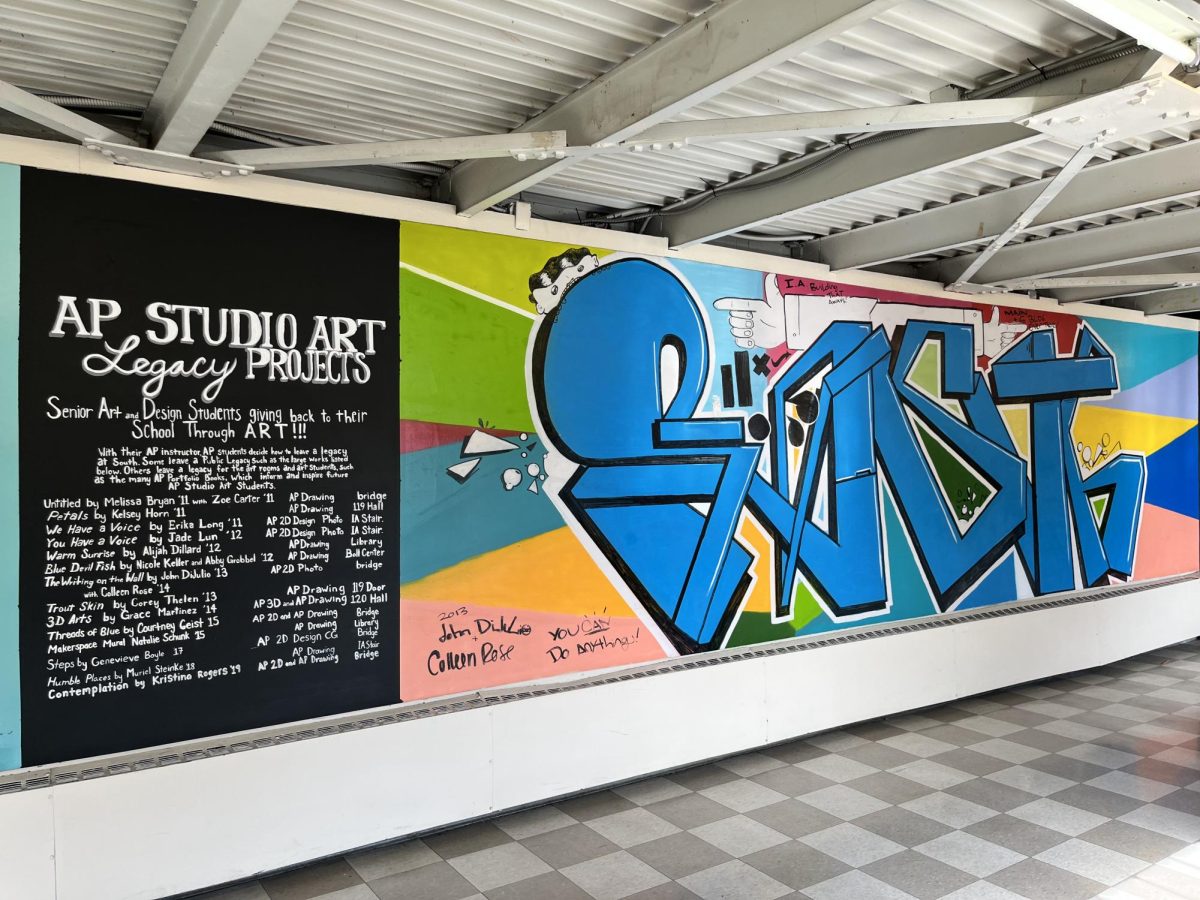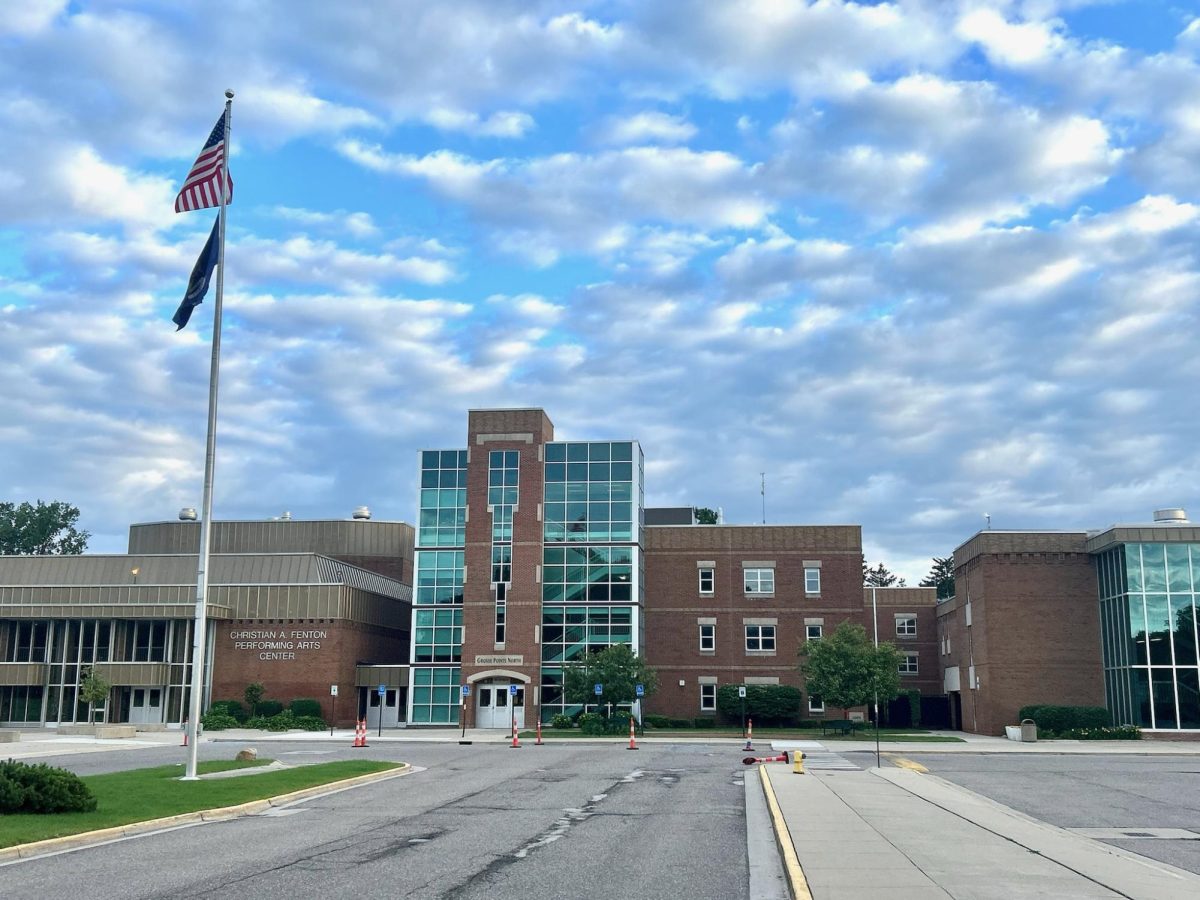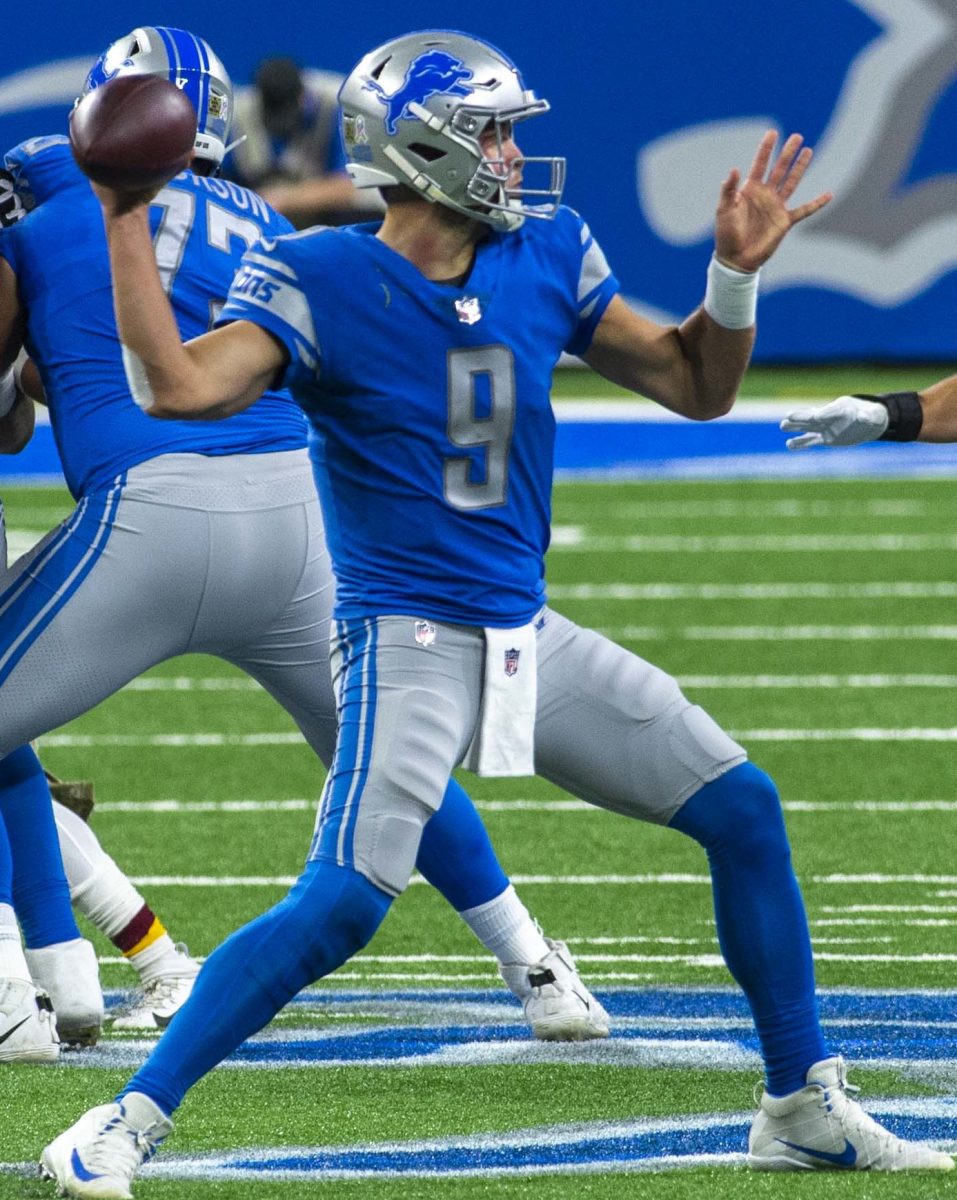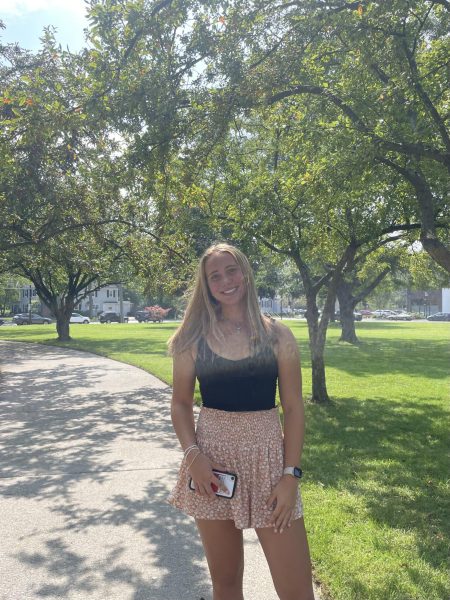The process of becoming a Division One collegiate athlete will look a bit different for everyone, but many behind-the-scenes pieces to this puzzle go unnoticed. My name is Elizabeth Peberdy, and I will be continuing my athletic and academic career at the University of Tennessee, competing on the women’s rowing team.
I started rowing back in January of my sophomore year, and amidst starting this new sport, recruitment season had begun. There are specific rules according to the NCAA regarding how early coaches and athletes can connect with each other, and for me, first communication could start on June 15 after sophomore year. Being still new to both the sport and details of recruiting, I didn’t really know what I was doing. I wasn’t sure if I was supposed to wait for coaches to reach out to me or if it was my responsibility to contact them first.
After communicating with my coach at the Detroit Boat Club, I was advised to respond to all emails from coaches that had already reached out to me and to fill out the recruiting questionnaires for all of the schools that I would be interested in as well. Filling out these forms not only signaled to coaches that I was interested in their program, but also put all of my information and statistics into their system. In the beginning of this process, it is important to start with a broad range of schools if there is more than one place that you are set on. For me, this looked like about 20 schools.
After filling out many forms came the start of building relationships with coaches. After receiving forms, coaches will oftentimes begin sending emails to get to know you and eventually set up phone calls and Zoom meetings. I had personally found that being my most authentic self during this time was crucial because it forced me to see how well I could click with my potential future coaches. Asking specific questions on these calls was also super helpful to show that I had a genuine interest in these schools as well as seeing where I could fit into each program.
In addition to talking over the phone, I had the opportunity to meet some coaches in person. This played a large factor in my decision because being able to see a person face to face has a certain connection that is incomparable to virtually. I had met with coaches at regattas and some would come watch practice, while I had met others at a high performance rowing camp that I attended this past summer. By the end of my junior year, I had narrowed my decision to 10 schools and was planning on narrowing down to five by the end of summer. Communication during this was really important to me because I had time to build real relationships with these coaches by then. The continuation of communication over the summer was reassurance that these coaches truly cared about me and wanted me on their team.
Fall of senior year was the most stressful time of the recruiting process for me. This was the time when I went on my official visits with my top five schools, and I was in a different state every weekend in September. An official visit is when the school flies you out for 48 hours to meet all of the coaches, and girls on the team as well as see campus. The entirety of the trip is to get a feel of what life would look like as an athlete at the school, as well as see how well you mesh with the team, coaches, and other recruits. After each visit, I had a phone call with the school’s coaches to discuss my visit as well as a final offer.
My biggest rule for myself in this process was to complete all of my visits before deciding on a school. It can be very easy to get lost in the moment and decide on a whim, but I wanted to be confident in all of my options first.
Once ready to make a decision, I contacted the coaches at UT and told them that I was ready to accept their offer and verbally commit. This verbal commitment meant that I had to reach out to all of the schools I was previously talking to and let them know about my decision.
However, no athlete is allowed to officially sign with a school until November 8th of their senior year, so the agreement that had been made with coaches is “verbal” until then.
In the end, my biggest reasons for choosing Tennessee came down to its incredible location, school pride and the relationships I built with the team, coaches and recruits. Everything seemed to click perfectly in the end, and I am so grateful to have this opportunity.












































































